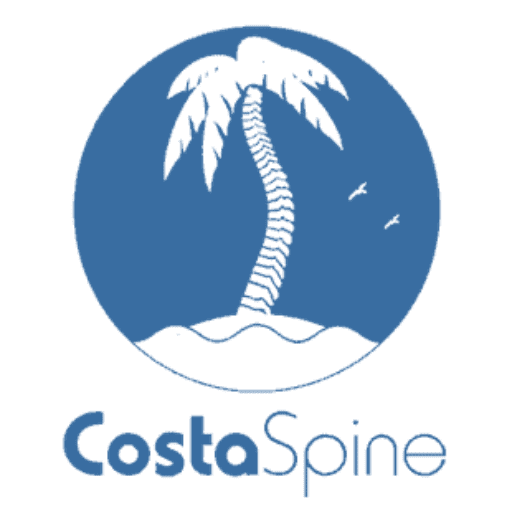Plantar fasciitis, also called “heel pain syndrome,” affects approximately 2 million people in the United States each year. Plantar fasciitis can come on gradually as the result of a degenerative process or sudden foot trauma. It can appear in one heel or both. It is generally worse on taking the first few steps in the morning or after prolonged sitting or non-weight-bearing movement. Symptoms can be aggravated by activity and prolonged weight bearing. Obesity, too, is hard on the feet—it can cause plantar pain or it can make that pain worse.
Improper footwear can bring about plantar fasciitis. Such footwear may allow excessive pronation or under-pronation, as well as impaired shock absorption. Pronation is part of a normal gait. The ankle rolls slightly inward after heel strike. Then, the ankle rolls outward as you toe-off from that step. Your foot overpronates, however, when it rolls too far inward. That can stress the foot’s soft tissues.
Compensation is a problem with plantar fasciitis. We are “compensating” when we get into the habit of moving the body in a new way to avoid pain. It’s possible to bring on plantar fasciitis as a result of compensating for conditions such as chronic Achilles tendonosis, calf strains, and tibialis posterior dysfunction. On the other hand, persistent pain from plantar fasciitis itself may get you to shift your weight to the outside of the affected foot, or you may try to land on the toes. Any of these pain-avoiding strategies throw the body out of alignment—and can lead to stressed joints and new pain in other parts of the body. Symptoms may increase to the point where you are no longer able to bear weight on the affected foot.
Treatment:
Many types of treatment have been used to combat plantar fasciitis, including Non-Spinal Pain Injections, anti-inflammatory medications, orthotics, taping, manipulation, night splinting, and instrument-assisted soft-tissue manipulation (IASTM). These interventions aim to relieve pain and improve the condition of the plantar fascia, helping individuals regain their mobility and comfort.
Therapeutic modalities such as low-level laser, ultrasound, and electrical muscular stimulation may be effective in the reduction of pain and inflammation. Low Dye strapping or taping of the foot is an essential part of successful treatment of plantar fasciitis.
Chiropractic Manipulation:
Manipulative treatment may be beneficial to restore normal joint mechanics to reduce tension across the plantar fascia.
Rehabilitation:
Progressive resistance exercises should begin with isometric toe curls. You hold the contraction for 10 seconds, repeat that 6 to 10 times, and do it one to three times a day. Initially, some muscular cramping may occur, at which point the active contraction should be stopped. Reintroduction to the exercise should be limited to cramping tolerance. Strengthening exercises of the calf muscle group must be performed over a progressively increasing range of motion.
Final-stage rehabilitation exercises must include proprioceptive exercises such as single-leg stands with the eyes closed for 30 to 60 seconds. These can be introduced with limited pain upon weight bearing. Exercises that include jumping rope or other hopping exercises can be introduced in the final stages of rehabilitation.
Surgery or Not?
If you consider surgery, your original diagnosis should be confirmed by the surgeon first. In addition, supporting diagnostic evidence (such as nerve-conduction studies) should be gathered to rule out nerve entrapment, particularly of the first branch of the lateral plantar nerve and the medial plantar nerve. Blood tests should consist of an erythrocyte sedimentation rate (ESR), rheumatoid factor, human leukocyte antigen B27 (HLA-B27), and uric acid.
It’s important to understand that surgical treatment of bone spurs rarely improves plantar fasciitis pain. And surgery for plantar fasciitis can cause secondary complications—a troubling condition known as lateral column syndrome.
Recovery
Recovery from plantar fasciitis can be a slow process. Most people recover in 6 to 9 months with conservative therapy. Approximately 90 percent will respond to conservative measures.
The key to effective treatment of plantar fasciitis is aggressive conservative therapy and dedicated patient compliance. No single treatment has been shown to be effective. Multiple modes of therapy are required for this difficult condition
https://www.healthline.com/health/heel-pad-syndrome
Yours in healthcare
CostaSpin
https://costaspine.com/chiropractic/

